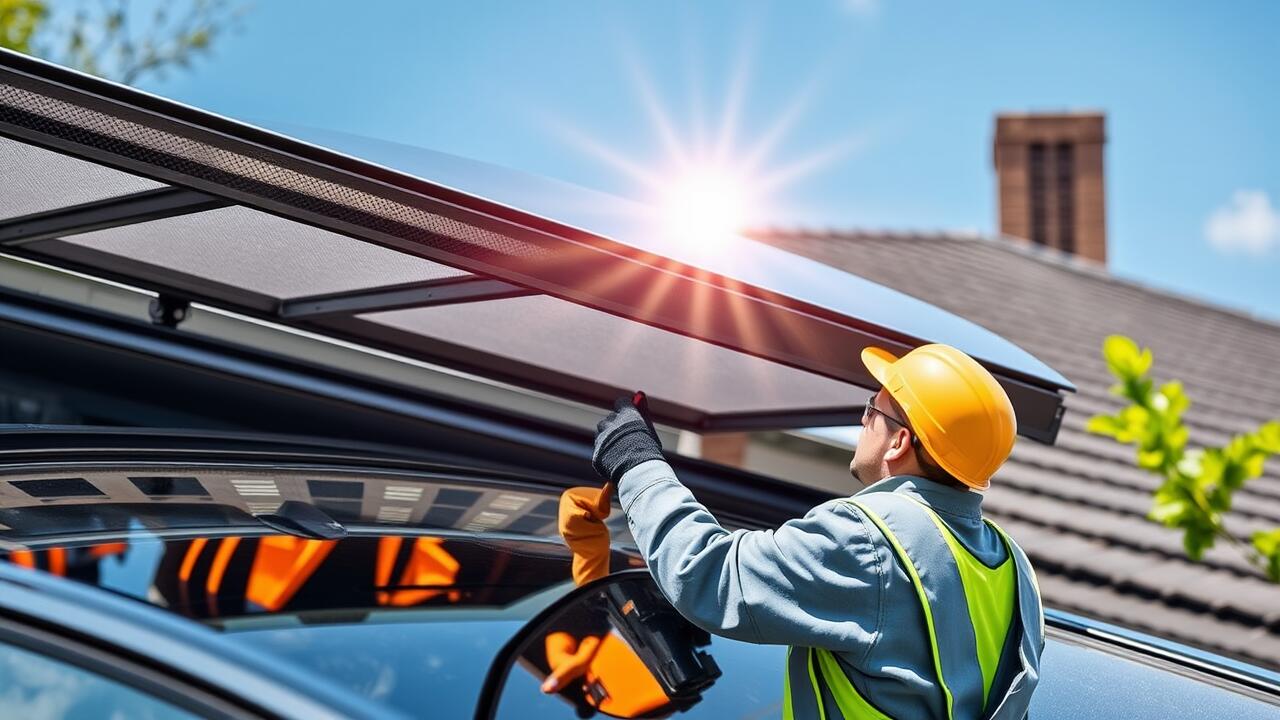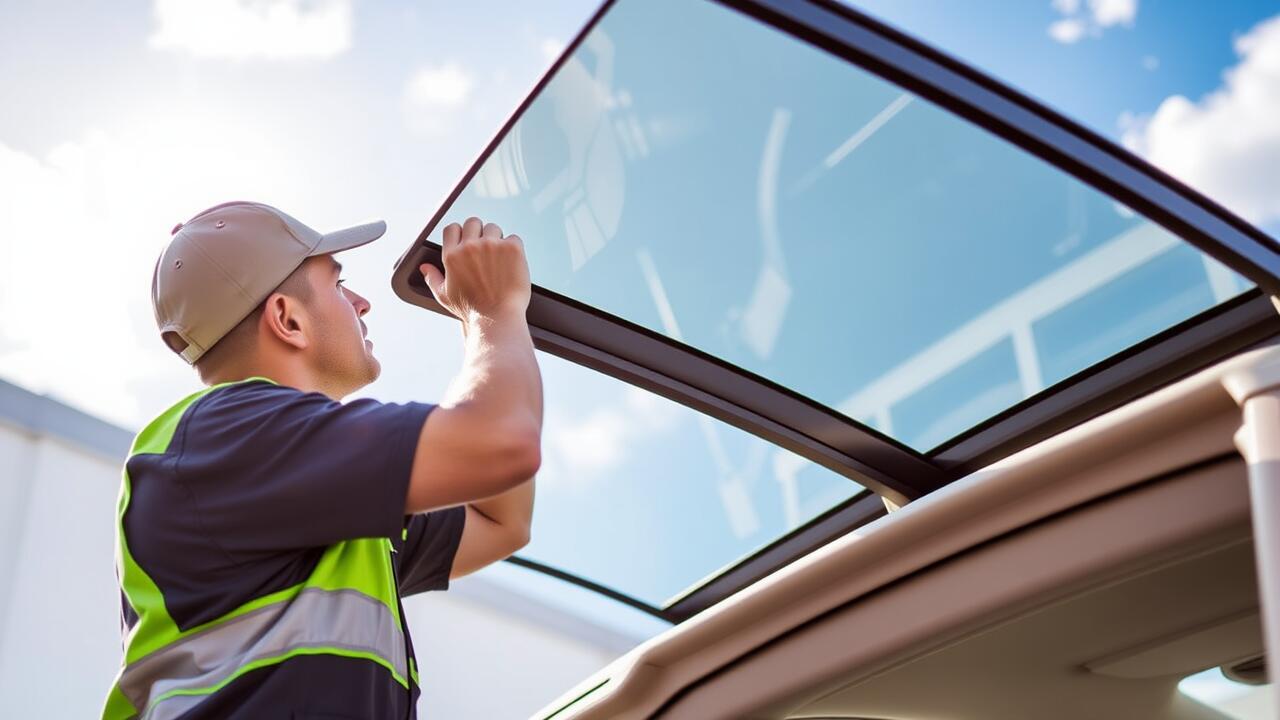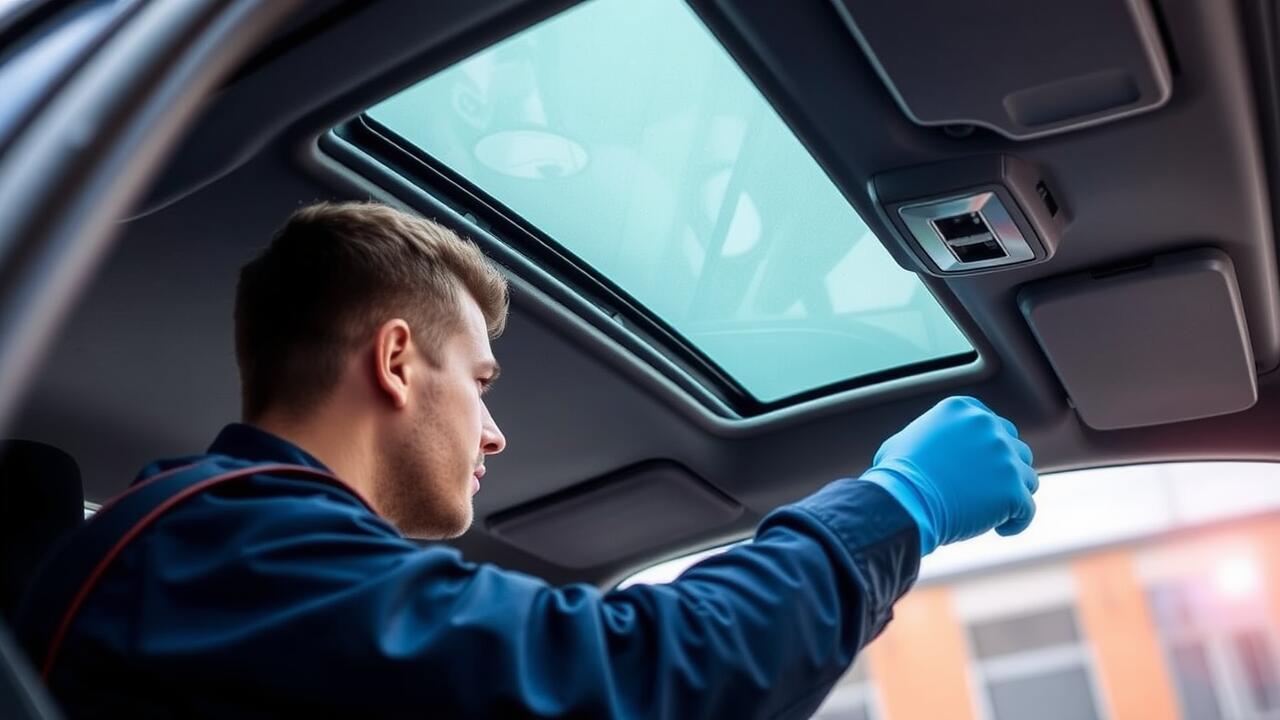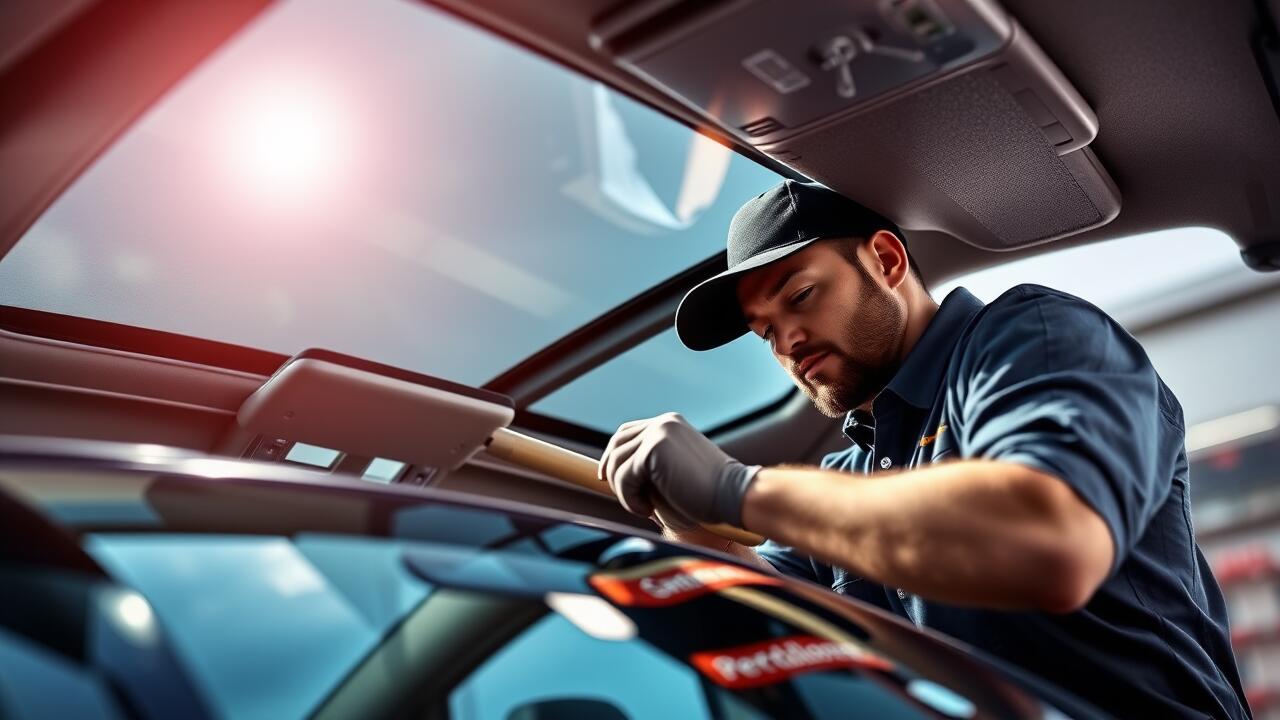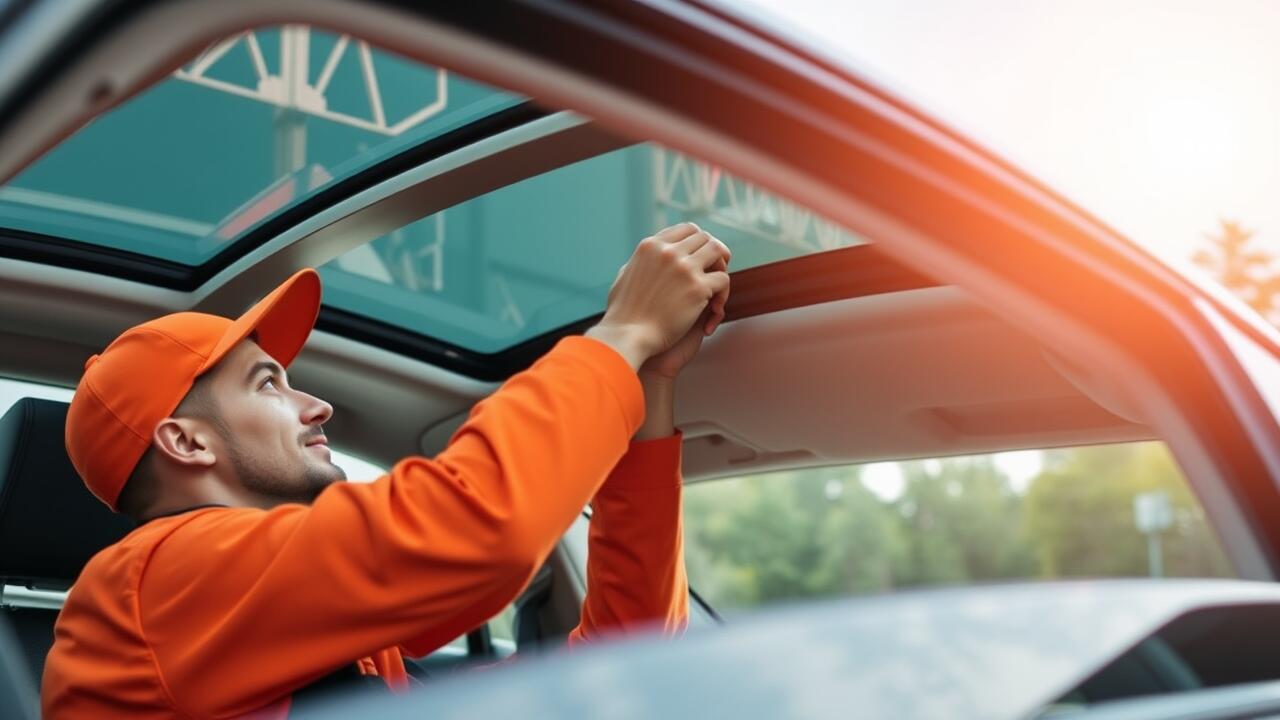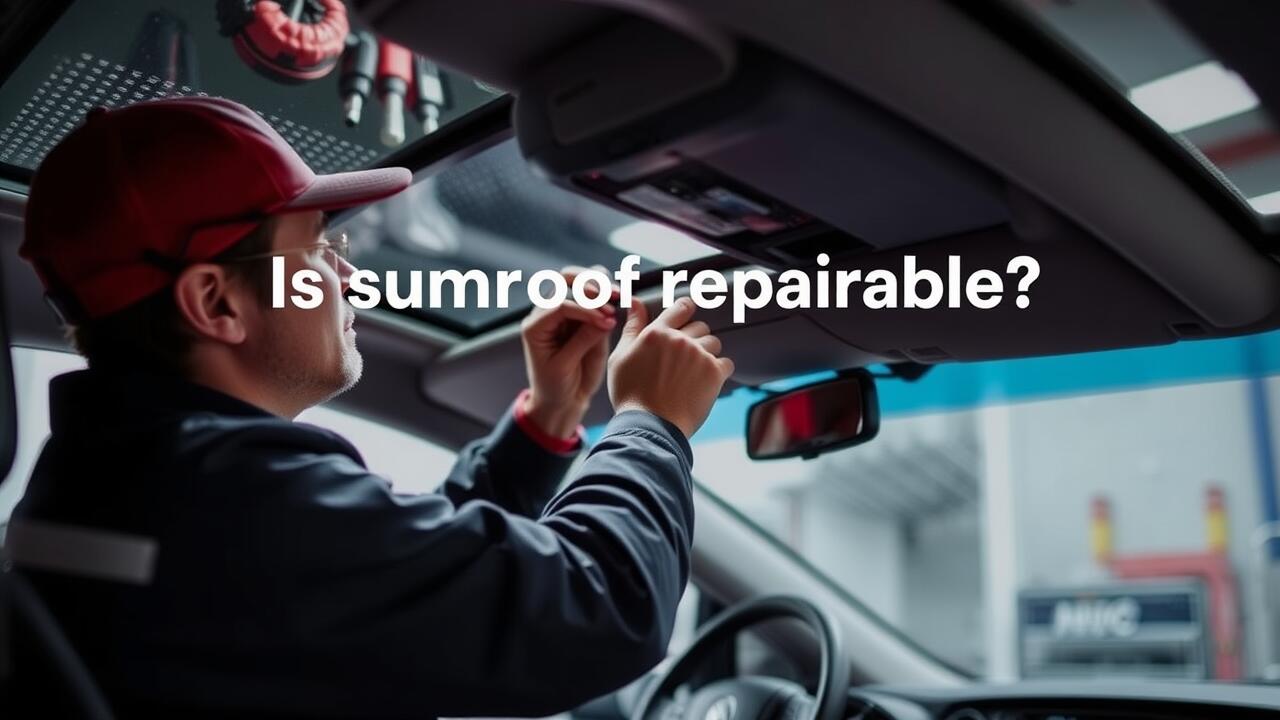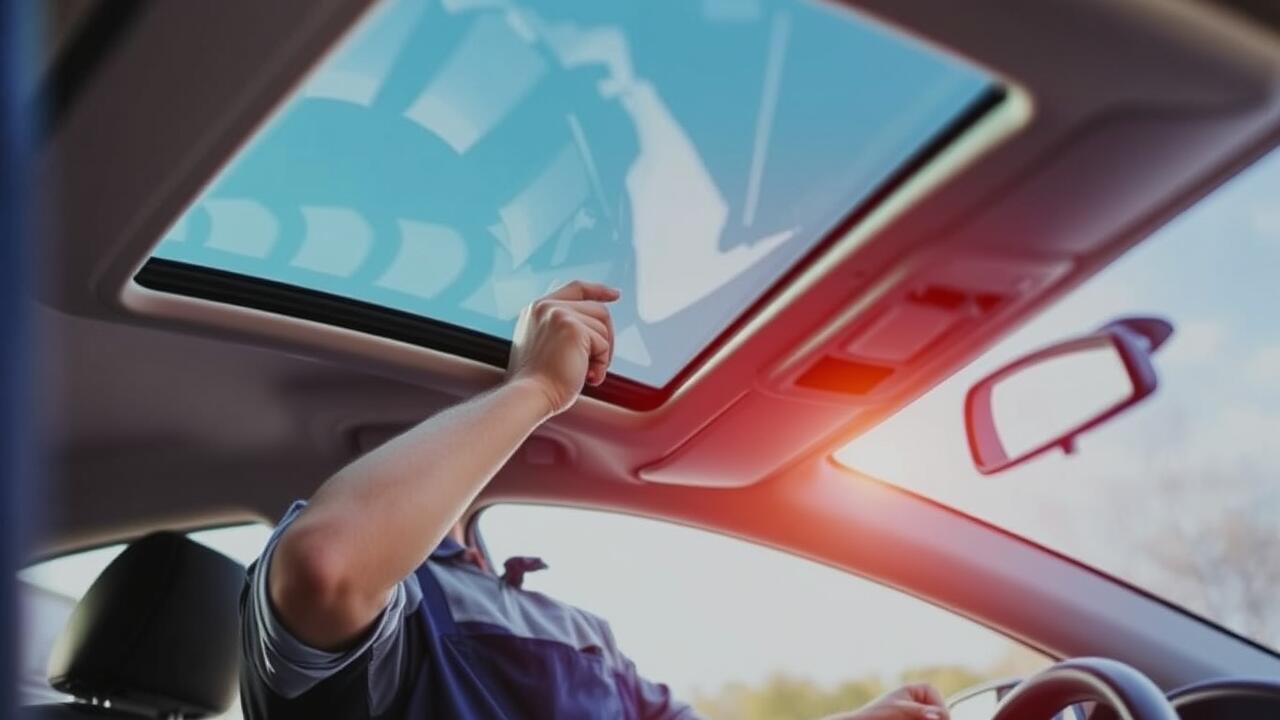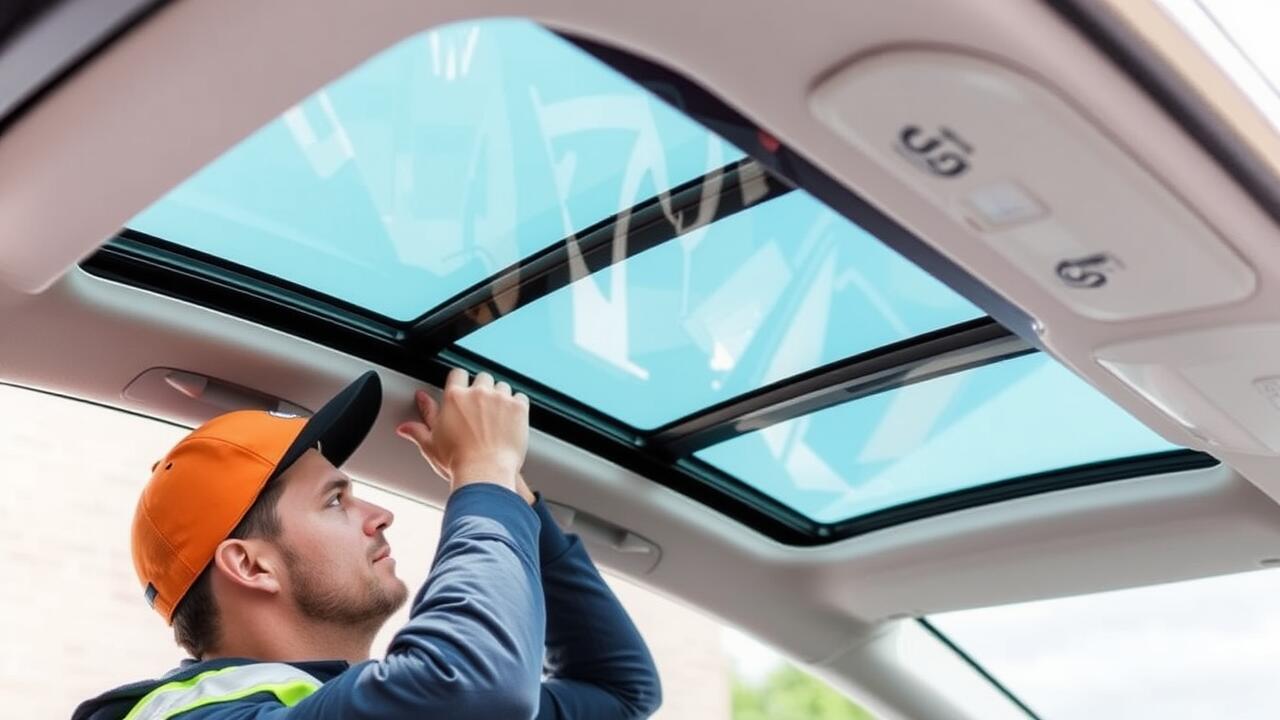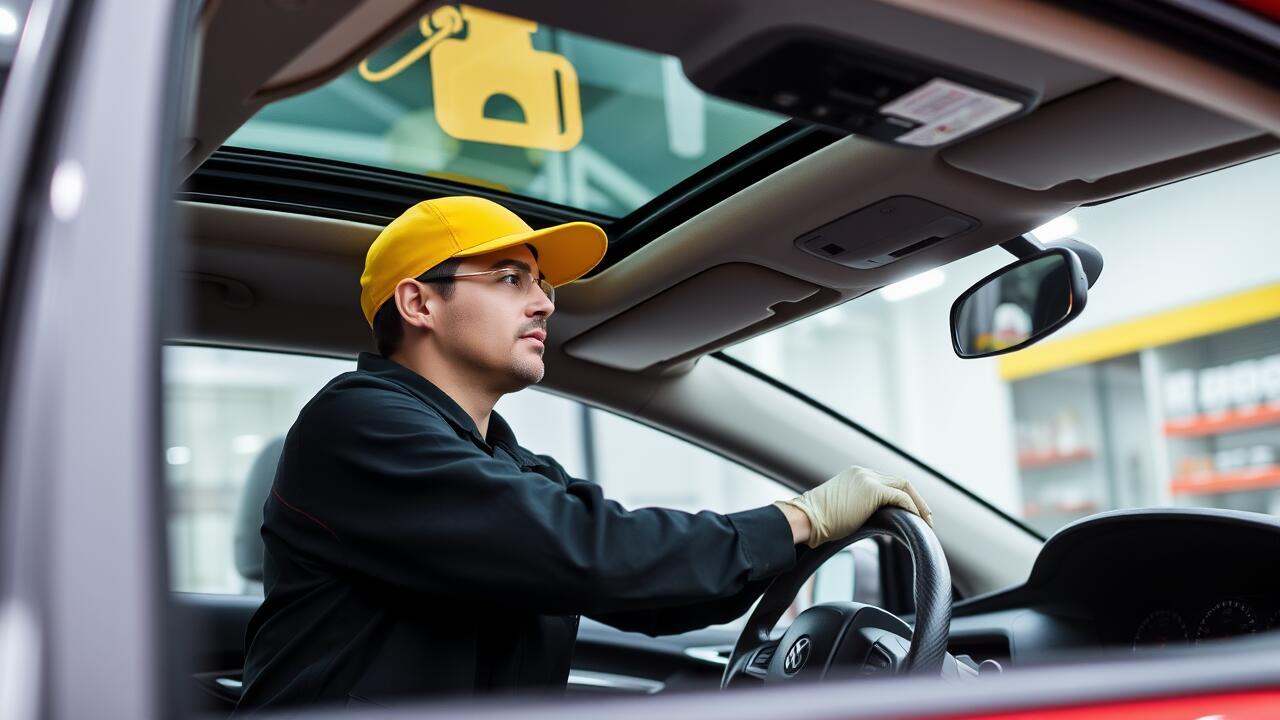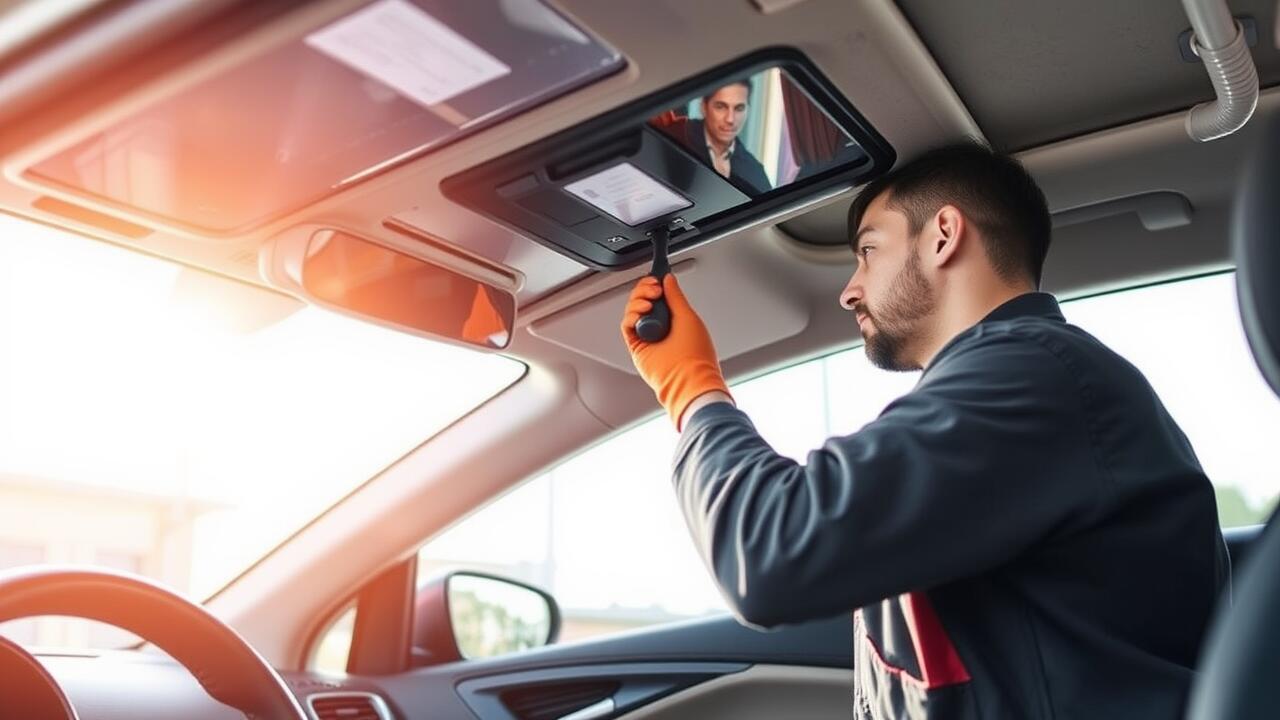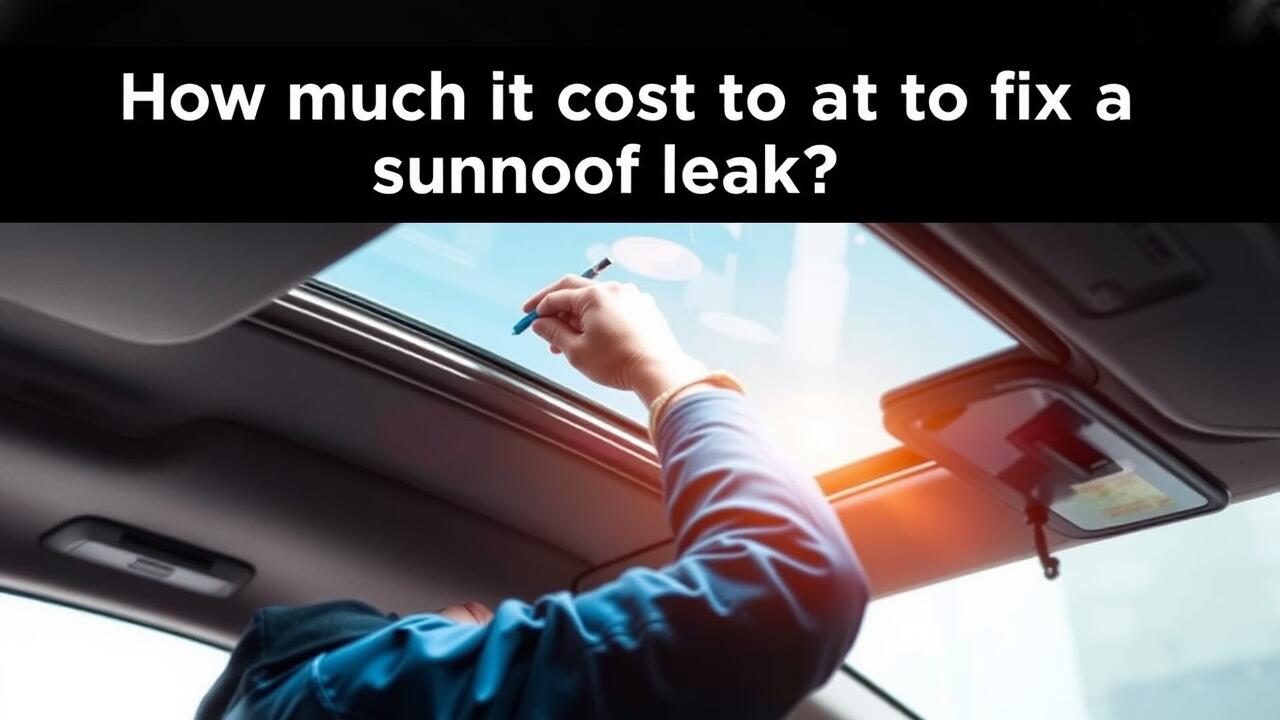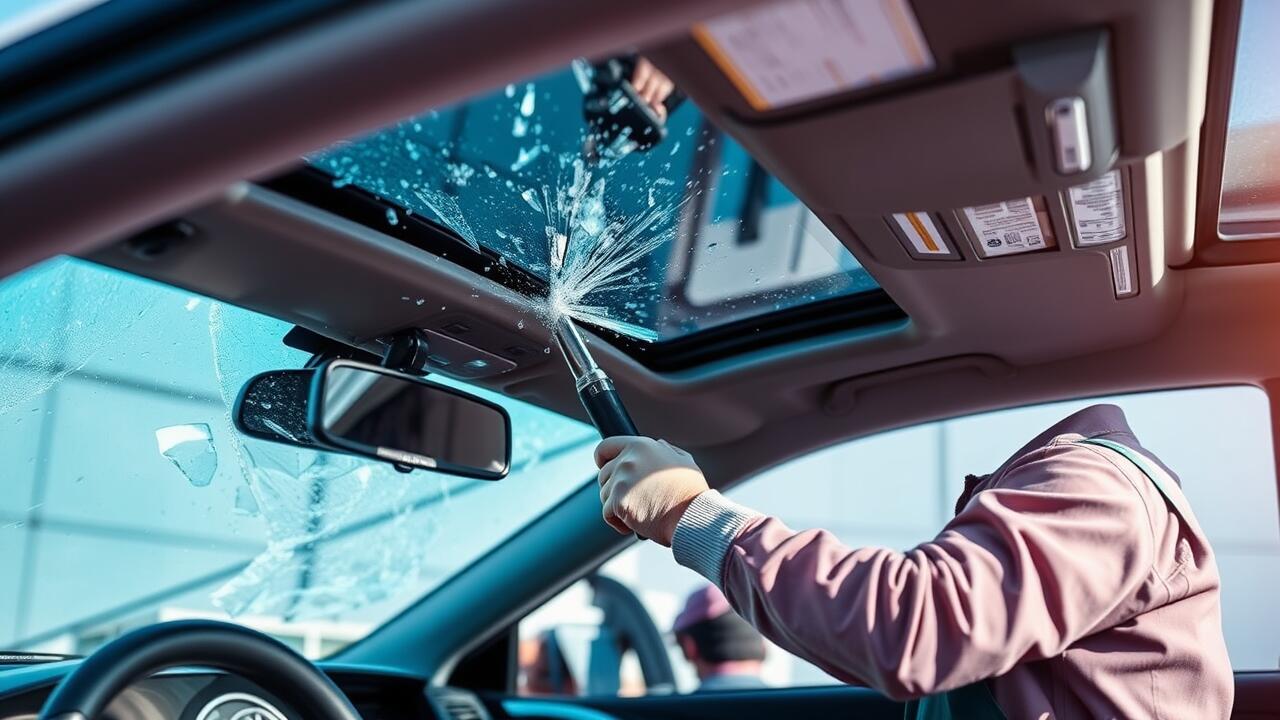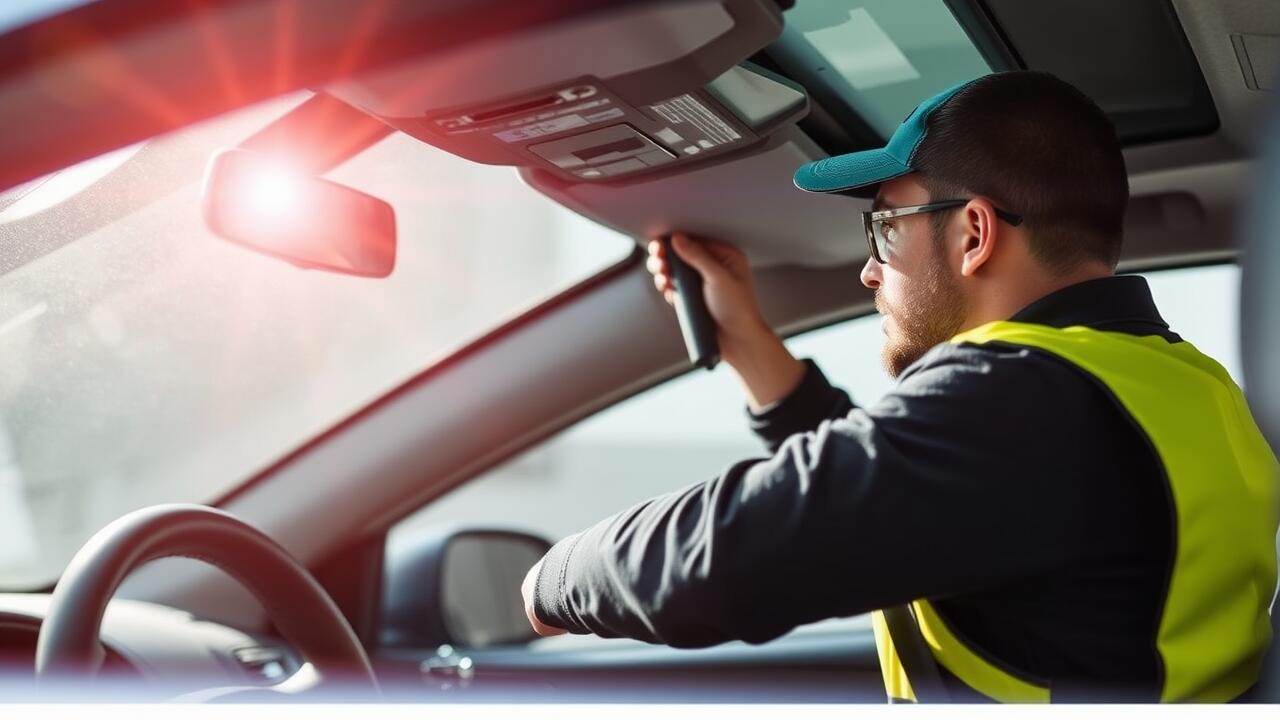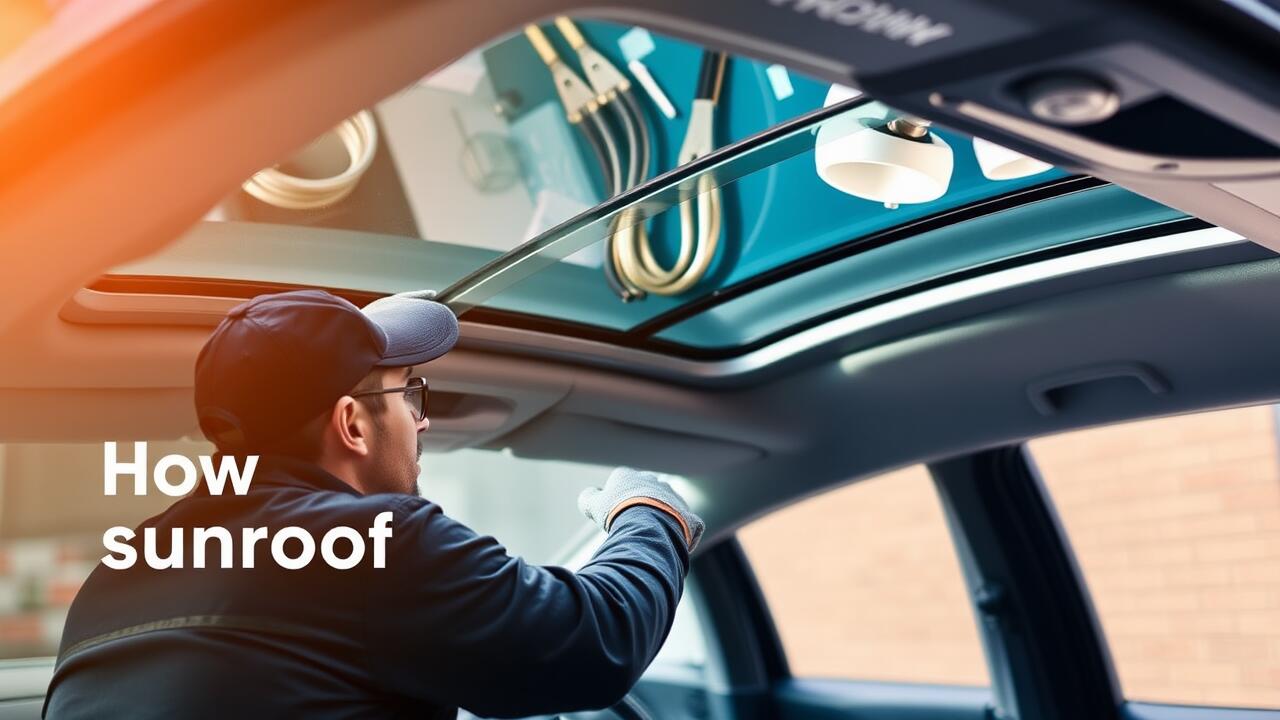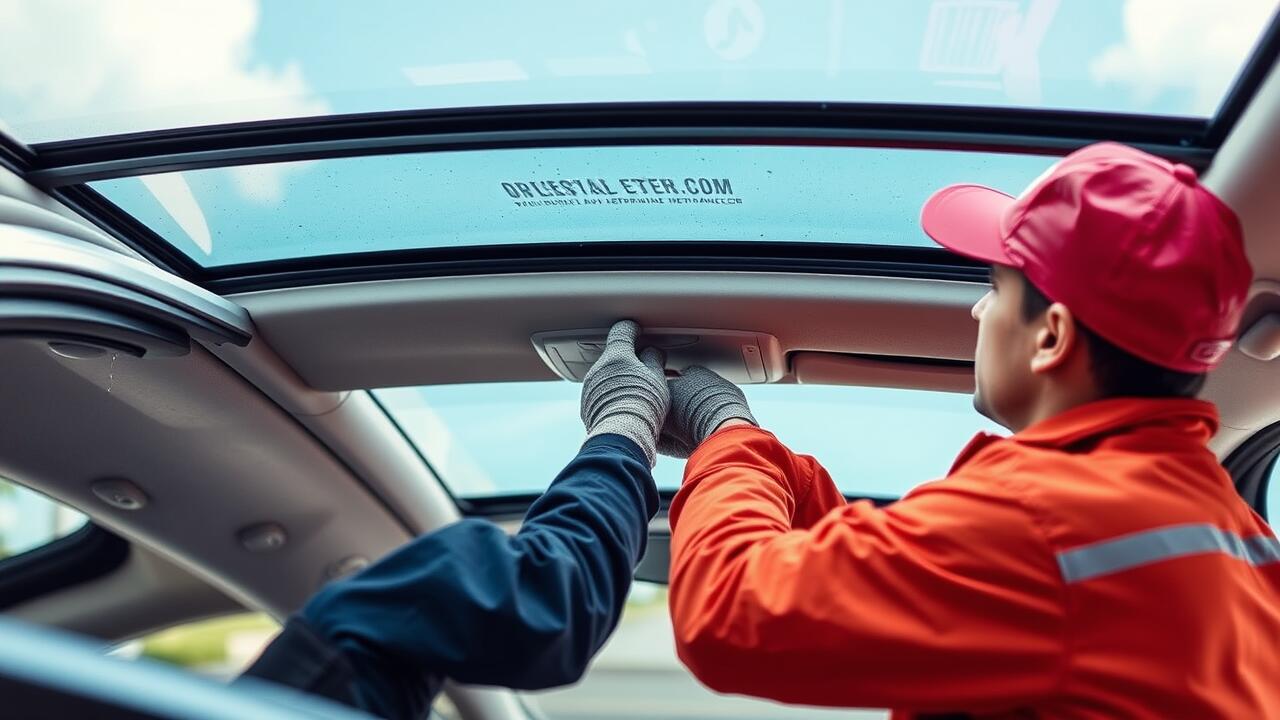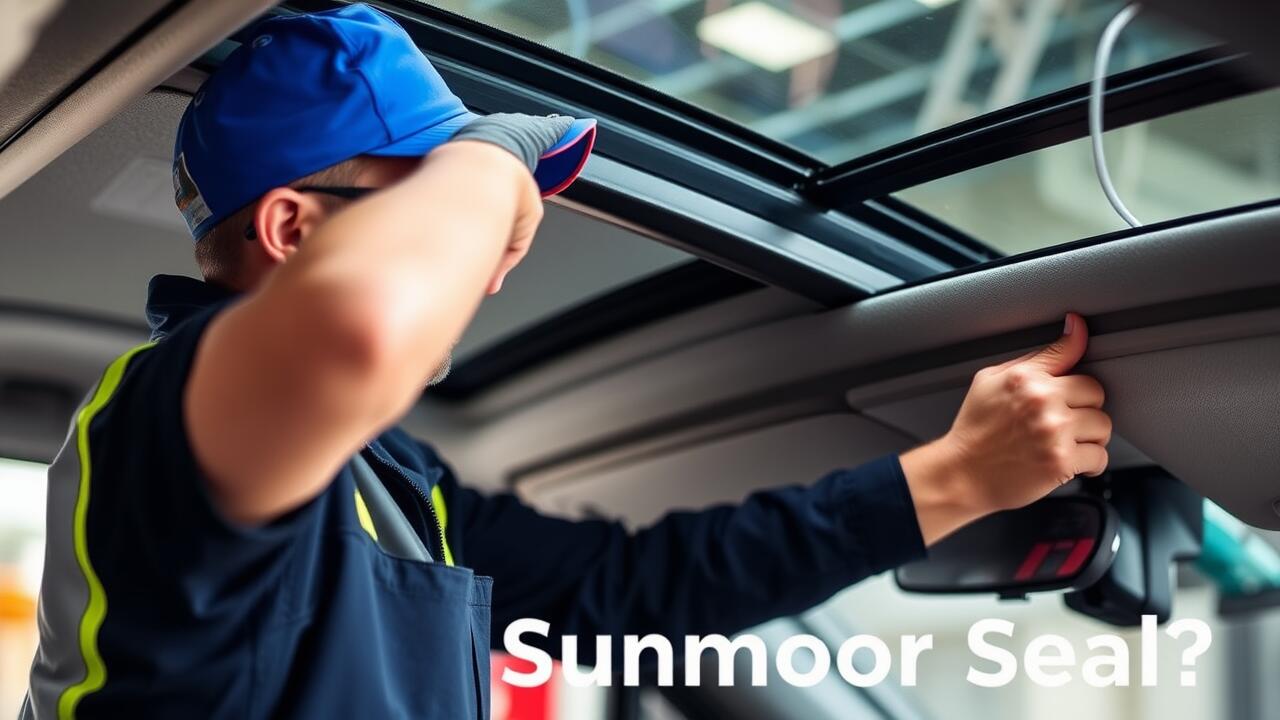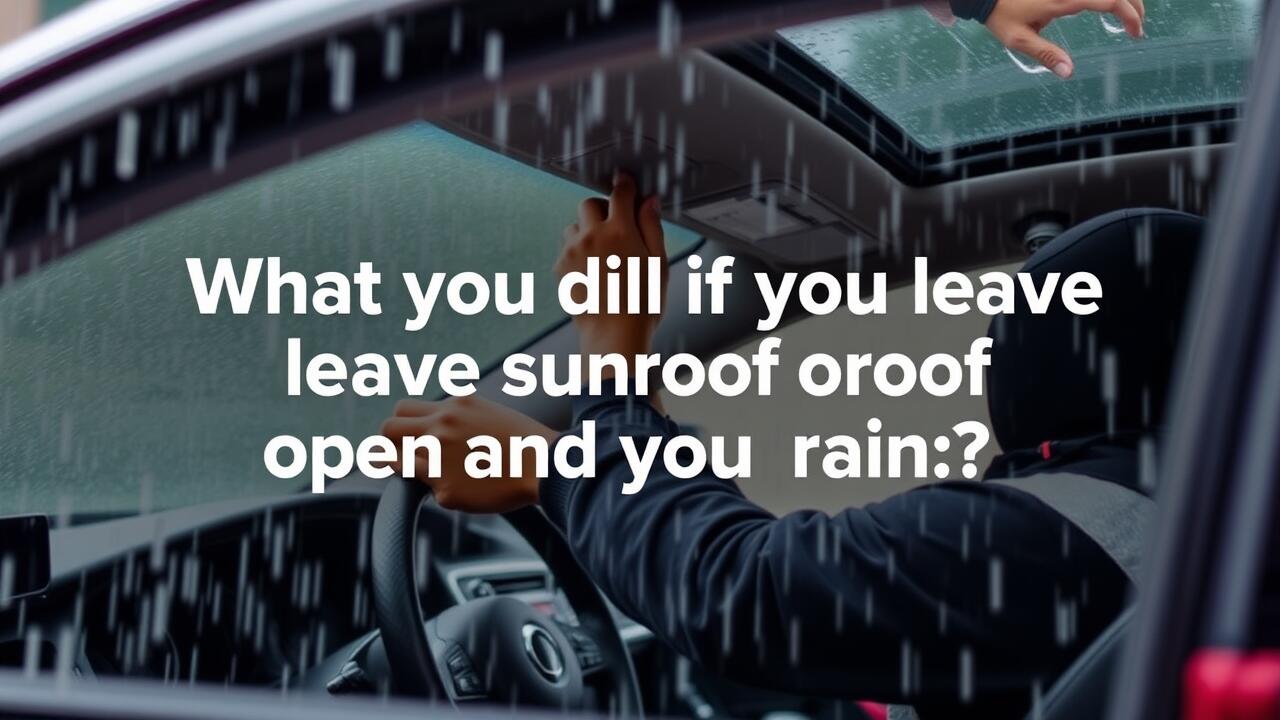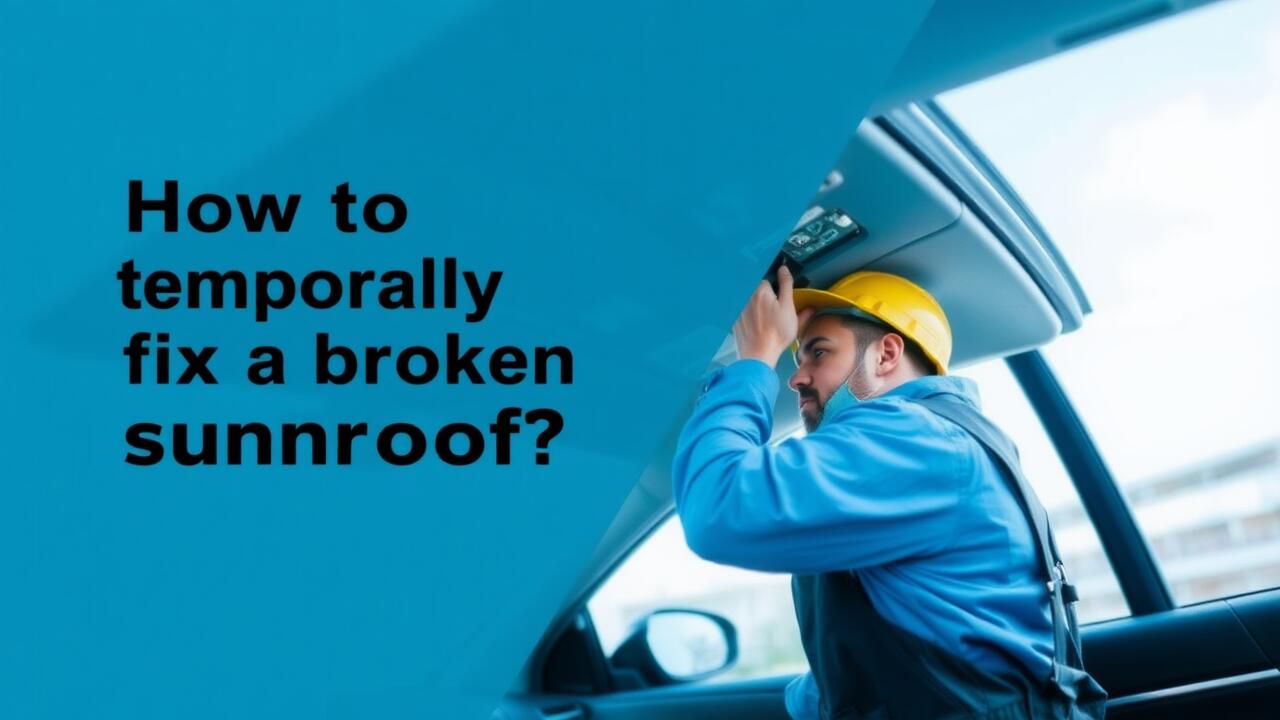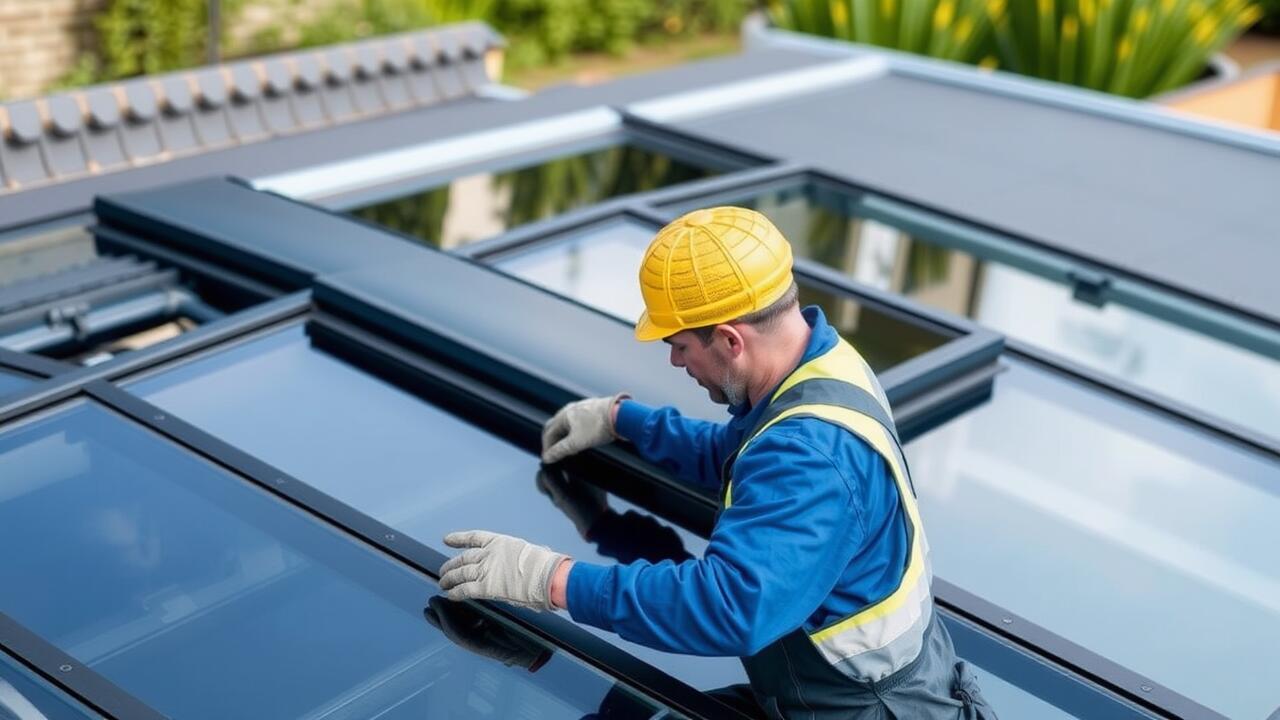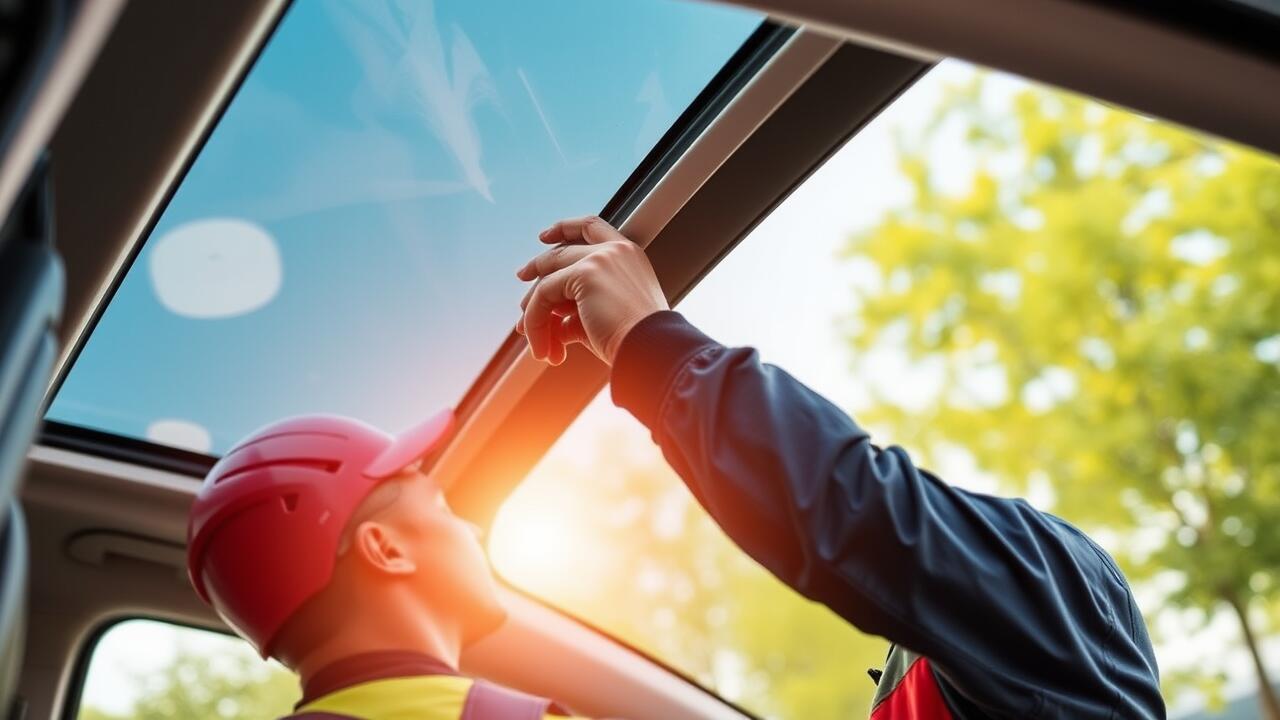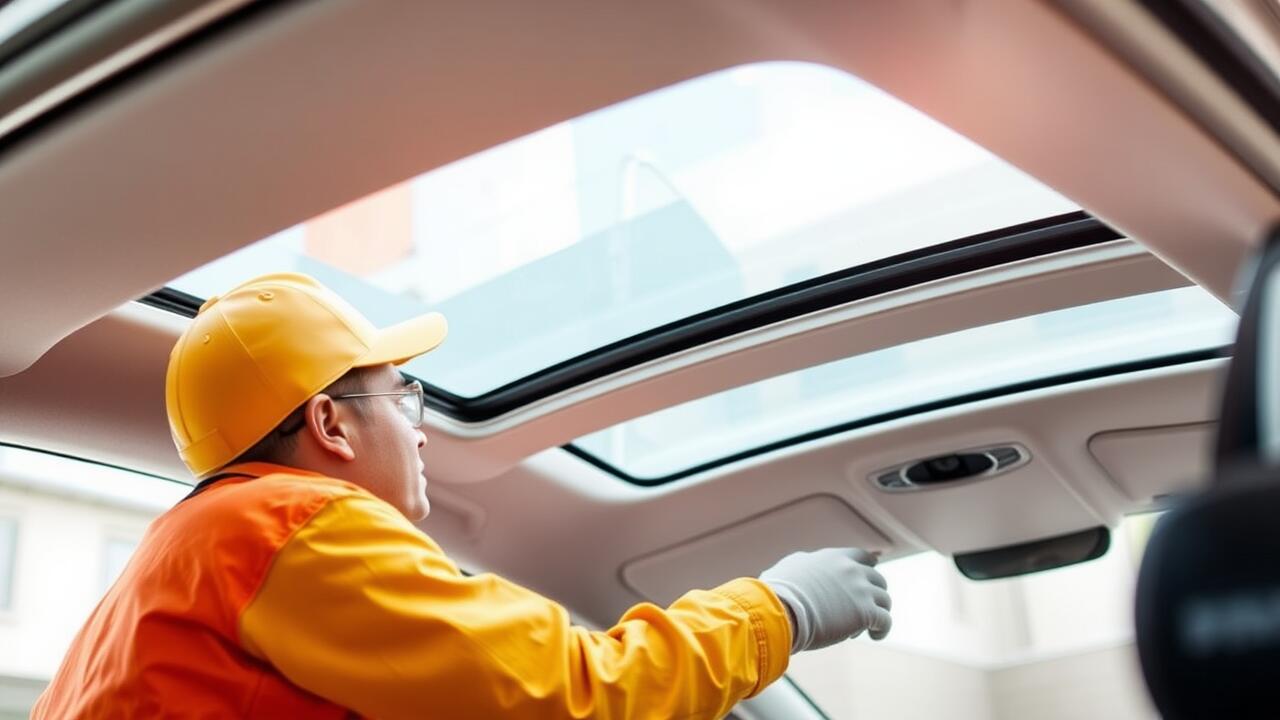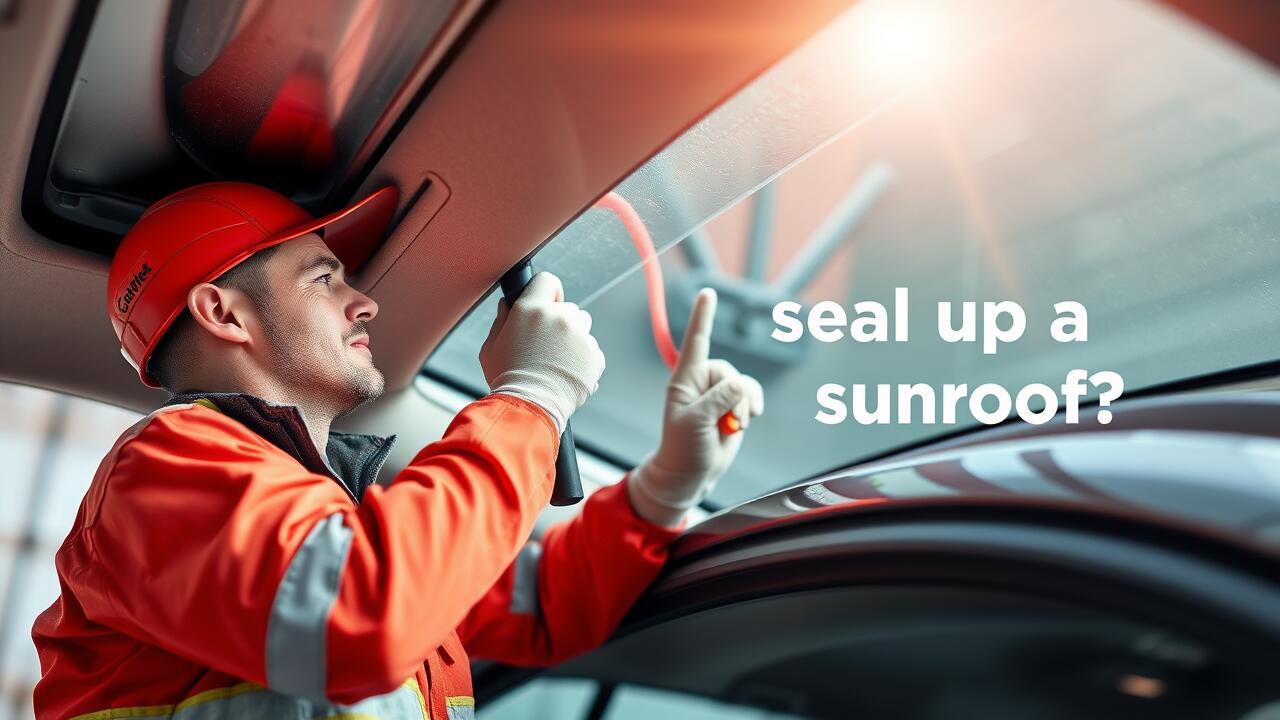
Table Of Contents
Replacing Damaged Weatherstripping
Weatherstripping plays a crucial role in keeping your sunroof airtight. Over time, this material can become worn, brittle, or damaged, leading to leaks that allow water to seep into the vehicle's interior. To address this issue effectively, start by inspecting the existing weatherstripping for any signs of deterioration. If you notice any cracks, gaps, or a lack of adhesion, replacement is necessary to restore proper sealing.
When considering sunroof replacement, ensure you purchase weatherstripping that fits your specific vehicle model. Many auto parts stores offer a selection of universal options, but OEM (Original Equipment Manufacturer) weatherstripping is typically the best choice for optimal performance. Installation requires careful removal of the old material and a precise application of the new weatherstripping to maintain a secure seal. This process not only prevents leaks but also enhances the overall functionality of your sunroof.
Identifying and Sourcing the Right Replacement
When dealing with a leaking sunroof, the first step is to identify the specific type of weatherstripping your vehicle requires. Different manufacturers may use distinct materials and shapes, so it is crucial to know the make and model of your car. Inspection of the current weatherstripping helps determine if it is cracked, hardened, or otherwise damaged. This assessment will enable you to choose a suitable replacement that matches the original design.
Once you've established the correct type of weatherstripping, sourcing the right replacement is essential. Many auto parts stores carry a range of options, including generic and OEM (original equipment manufacturer) parts. For a more tailored option, consider checking online retailers that specialize in sunroof replacement materials. This approach often provides access to a broader selection, ensuring that you find the precise fit needed for your sunroof repair.
Testing for Leaks After Sealing
After sealing a leaking sunroof, it is essential to conduct thorough testing to ensure that the repair has been effective. Begin by carefully inspecting the area around the sunroof, looking for any visible signs of moisture or dampness. Next, use a hose to simulate rainfall, directing water onto the sunroof for several minutes. Pay attention to the interior of the vehicle, checking for any leaks that may appear during this test. This method not only helps in identifying immediate issues but also provides a good understanding of the overall sealing efficiency.
If potential leaks are detected during testing, further action may be necessary, including additional sealing or even considering sunroof replacement if the damage is extensive. While it may be tempting to rely solely on visual inspections, a hands-on approach can reveal hidden leaks that might not be immediately obvious. Ensure that all drainage channels are clear and functioning properly, as blocked channels can contribute to water pooling and leaks, impacting the sunroof's longevity. Regular testing after sealing can significantly enhance the performance and durability of the sunroof.
Methods to Ensure Effectiveness
After sealing a leaking sunroof, it is crucial to test its effectiveness to ensure that the problem has been resolved. Pouring water directly over the sunroof can help you observe whether any leaks still occur. Check for water entering the interior of the vehicle. If water seeps through, you may need to revisit the sealing process or consider a sunroof replacement to address more significant issues.
In addition to direct testing, it is helpful to inspect the drainage system regularly. Blocked drainage channels can lead to water accumulation and subsequent leaks. By clearing these channels of debris, you can enhance the longevity of the repair. Keeping the sunroof clean and maintaining its components will help prevent future leaks and minimize the need for any sunroof replacement.
Maintenance Tips for Sunroofs
Regular maintenance of your sunroof is crucial for preventing leaks and ensuring its longevity. Keep the sunroof track clear of debris such as leaves and dust, which can obstruct the drainage system. Inspect the weatherstripping periodically for signs of wear or damage. Any issues found should be addressed promptly, as degraded sealing can lead to leaks. Checking the operation of the sunroof also helps identify problems early before they escalate.
In addition to routine checks, consider applying a silicone-based lubricant to the sunroof tracks to promote smooth operation. This can help prevent strain on the mechanism and reduce the likelihood of future issues. If leaks persist despite maintenance, it may be time to consider a Sunroof Replacement. A well-functioning sunroof not only enhances your vehicle's aesthetics but also provides an enjoyable driving experience, making regular care essential.
How to Prevent Future Leaks
Regular maintenance is key to preventing future leaks in your sunroof. Inspecting the weatherstripping and ensuring it is in good condition can help keep moisture out. Cleaning the drainage channels regularly prevents blockages that can lead to water accumulation. This first layer of defense is crucial, as neglecting these small details can escalate into larger issues later on.
In some cases, if you notice persistent leakage despite your efforts, considering a sunroof replacement might be the best option. This can provide a more long-term solution to leaks that are difficult to fix with repairs alone. Investing in quality parts during replacement will ensure a better seal and reduce the chance of future problems. With proper care and attention, you can keep your sunroof functioning well for years to come.
FAQS
What are the common causes of a leaking sunroof?
Common causes of a leaking sunroof include damaged weatherstripping, clogged drainage channels, and improper sealing during installation.
How can I tell if my sunroof weatherstripping is damaged?
You can check for damage by visually inspecting the weatherstripping for cracks, tears, or signs of wear. Additionally, you can run your finger along the edges to feel for any gaps.
What materials do I need to replace the weatherstripping on my sunroof?
To replace the weatherstripping, you typically need new weatherstripping material, adhesive, a utility knife for cutting, and possibly a cleaning solution for surface preparation.
How can I test if my sunroof is sealed properly after repairs?
You can test for leaks by pouring water over the sunroof while observing from the inside for any signs of dripping or moisture. Alternatively, you can use a hose to simulate rain.
What maintenance tips can help prevent future leaks in my sunroof?
To prevent future leaks, regularly clean the drainage channels, inspect and replace weatherstripping as needed, and ensure that the sunroof is properly closed and sealed during storms.
